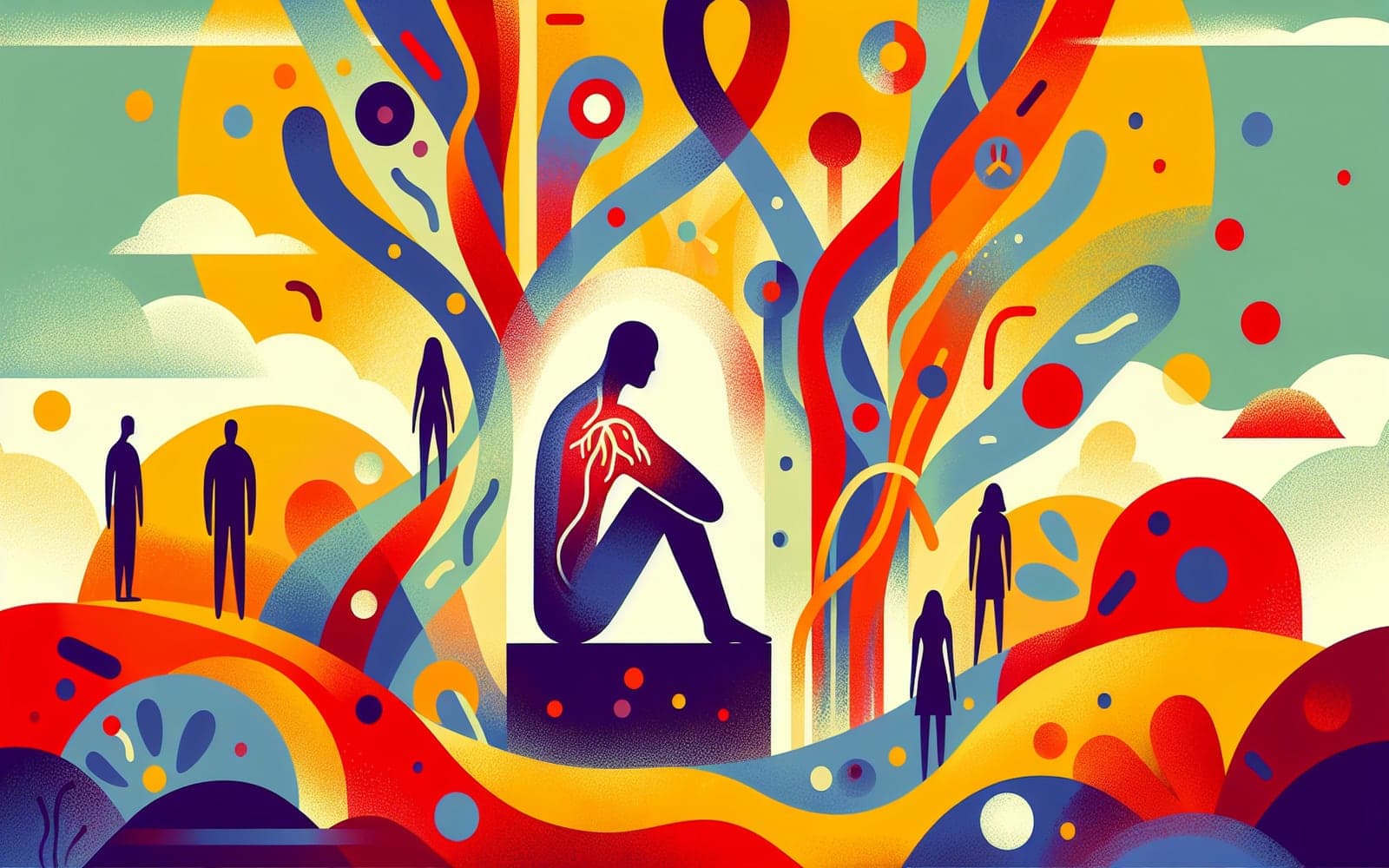The Hidden Dangers of Sickle Cell Pain: More Than Just Discomfort?
Published: Jul 01, 2024

Medically reviewed by Benjamin Seth Martinez | MD, Statpearls - Director of Clinical Content on July 1st, 2024.
Sickle cell pain is more than just a symptom - it's a complex medical event that can signal serious complications. Understanding these pain episodes is crucial for anyone affected by sickle cell disease.
Contents
When Pain Strikes: The Vaso-occlusive Crisis
Sickle cell pain, often called a vaso-occlusive crisis, occurs when sickled blood cells block small blood vessels. These episodes can be excruciatingly painful, lasting for days. They often require hospital visits and powerful pain medications to manage.
Pain as a Warning Sign
While pain itself is distressing, it can also mask other dangerous complications. Chest pain might indicate acute chest syndrome, a life-threatening lung condition. Abdominal pain could signal organ damage or gallstones. It's crucial not to dismiss sickle cell pain as 'just another crisis'.

The Emotional Toll of Chronic Pain
Living with recurring pain takes a psychological toll. Many people with sickle cell disease experience anxiety, depression, and reduced quality of life due to unpredictable pain episodes. This emotional burden can be as challenging to manage as the physical symptoms.
Frequently Asked Questions
Frequency varies, from rarely to several times a year.
Some medications and lifestyle changes may reduce frequency.
No, pain can vary in location, intensity, and underlying cause.
Key Takeaways
Effective sickle cell pain management requires a delicate balance between treating symptoms and identifying potential complications.
Struggling with sickle cell pain? Let Doctronic help you develop a comprehensive pain management plan.Related Articles
References
Platt OS, Thorington BD, Brambilla DJ, et al. Pain in sickle cell disease. Rates and risk factors. N Engl J Med 1991; 325:11.
Ballas SK, Gupta K, Adams-Graves P. Sickle cell pain: a critical reappraisal. Blood 2012; 120:3647.
This article has been reviewed for accuracy by one of the licensed medical doctors working for Doctronic. Always discuss health information with your healthcare provider.

